Nuclease Free Water: Essential Guide
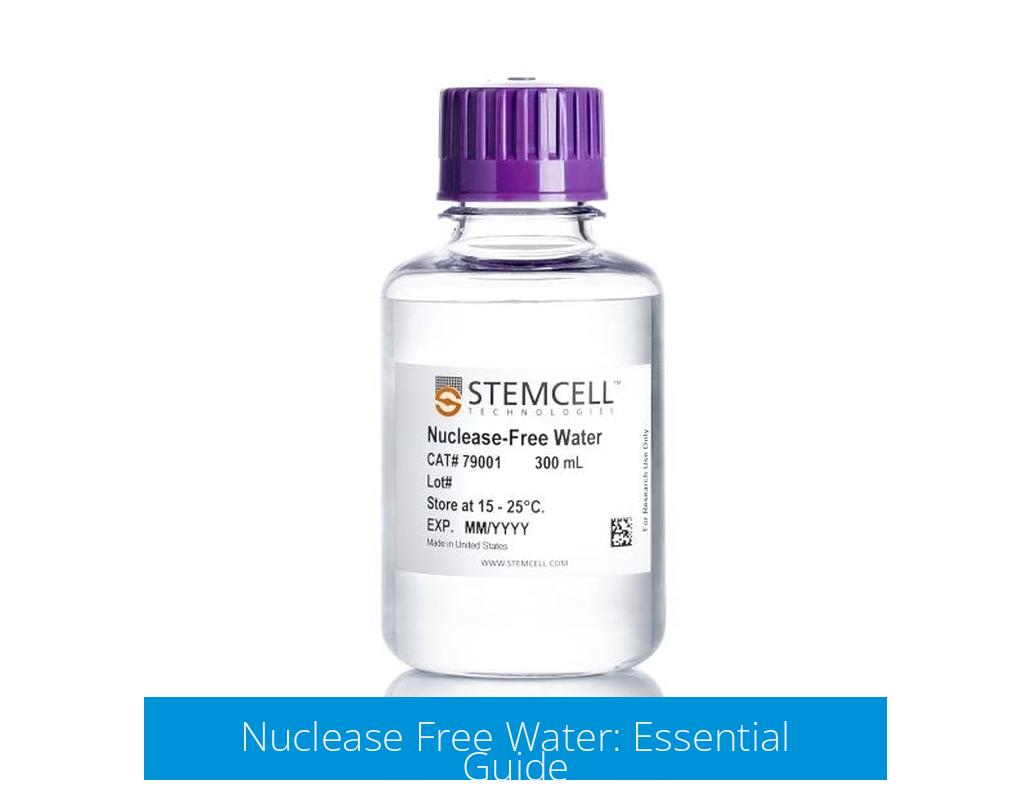
Nuclease free water is water treated to remove nucleases, enzymes that degrade DNA and RNA, ensuring sample integrity during molecular biology experiments. This water is vital for RNA work, PCR setups, and sensitive nucleic acid assays where contamination could cause degradation or false results.
Sources and Preparation Methods
Purchasing Ready-Made Nuclease Free Water
- Commercially available nuclease free water comes pre-sterilized and guaranteed free of DNase and RNase.
- Suppliers like Thermo Fisher and IDT provide nuclease detection kits and high-quality nuclease free water.
- Using these products ensures consistent reliability without additional preparation steps.
Making Your Own Nuclease Free Water
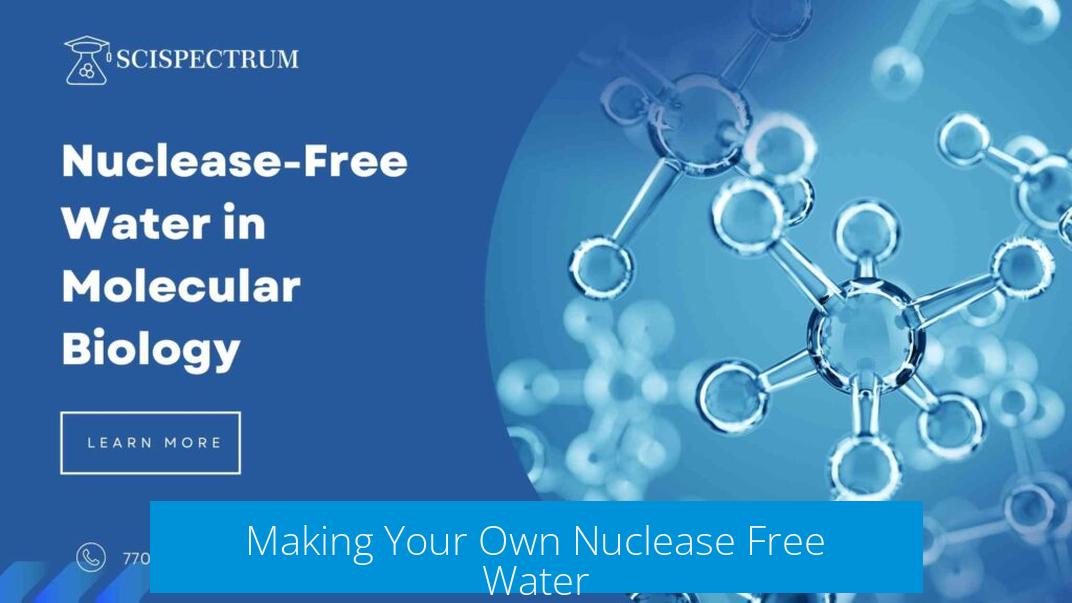
- Researchers often start with nano-filtered (nanowater) or deionized (DI) water.
- Autoclaving the water effectively inactivates nucleases present.
- DEPC (diethyl pyrocarbonate) treatment can be used to eliminate RNases but must be followed by autoclaving to deactivate residual DEPC, as leftover DEPC can inhibit downstream enzymatic reactions.
- Preparing aliquots in small volumes helps prevent contamination during repeated use.
Testing for Nuclease Contamination
Gel-Based Assays
- Incubate suspected water with DNA or RNA samples, then analyze by gel electrophoresis.
- Visible smearing or degradation indicates nuclease activity.
Commercial Detection Kits
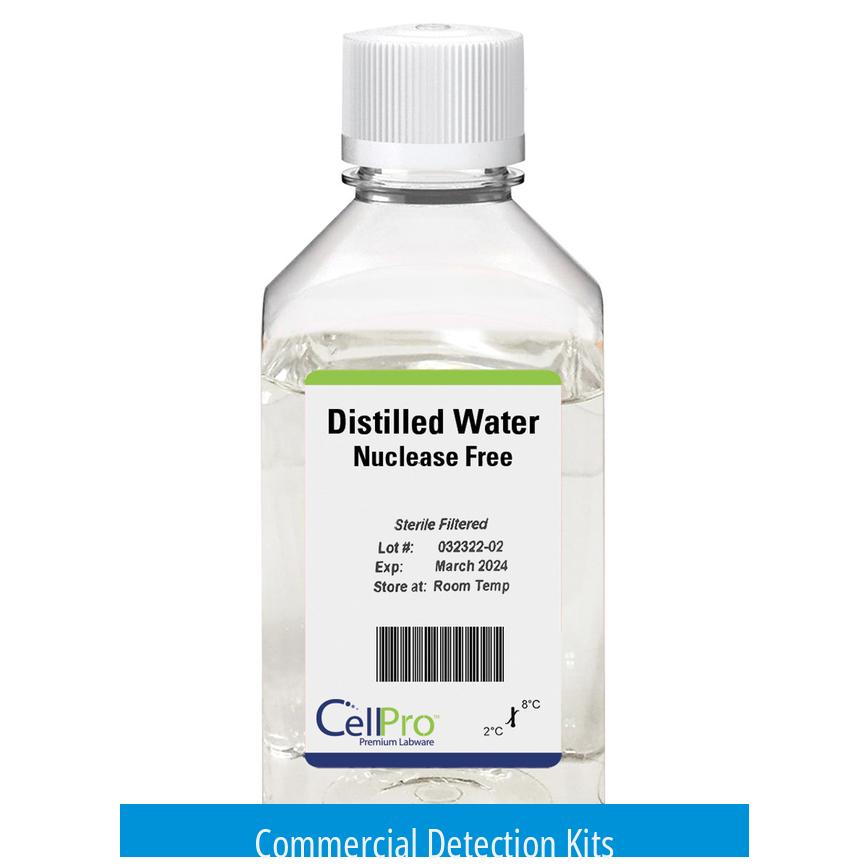
- Thermo Fisher offers RNase (Product AM1964) and DNase (Product AM1970) detection kits.
- These kits provide sensitive and easy-to-use methods to confirm nuclease absence.
PCR and Protein Stains
- RT-PCR or PCR assays can detect unspecific degradation or contamination.
- Protein staining after PAGE reveals protein contaminants that may indicate nuclease presence.
Handling and Usage Recommendations
- Practice careful sterile techniques to avoid contamination during use.
- Autoclave water post-DEPC treatment to neutralize DEPC.
- Store in small aliquots to reduce contamination risk.
- Run periodic tests for nuclease contamination to ensure sample integrity.
Key Takeaways
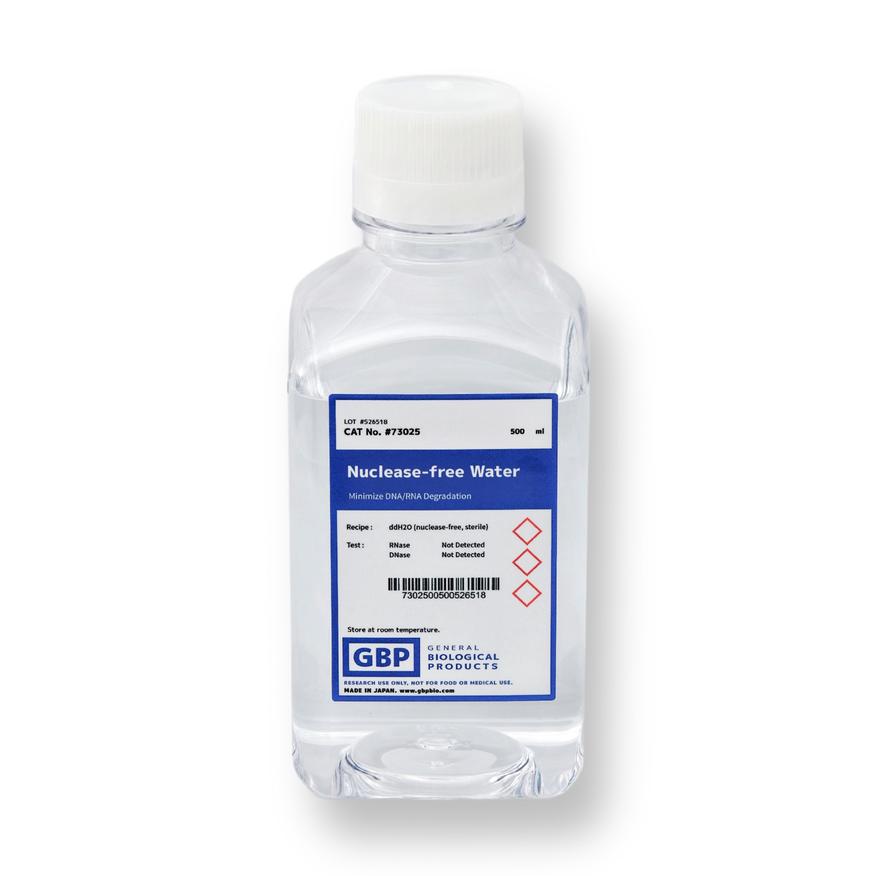
- Nuclease free water is indispensable for nucleic acid work requiring sample integrity.
- Commercial sources offer reliable nuclease free water; self-preparation demands careful treatment and sterilization.
- Testing for nuclease contamination involves gel assays, commercial kits, and molecular biology methods.
- Good handling practices and storage reduce contamination risks and protect sensitive experiments.
What Exactly Is Nuclease Free Water and Why Should You Care?
Nuclease free water is specially treated water that contains no enzymes capable of breaking down DNA or RNA. That might sound like a niche concern, but in molecular biology, where DNA and RNA integrity reign supreme, these enzymes—namely nucleases—are the villains. If your water is sneaky enough to harbor these enzymes, your precious nucleic acids could be degraded, wrecking your experiments.
Imagine you’re prepping for a crucial PCR or RT reaction. Using ordinary water is like inviting an unwanted guest who snacks on your DNA. Nuclease free water ensures you’re sipping from a pristine pool, no enzymatic party crashers allowed.
Where Does Nuclease Free Water Come From? Should You Buy or DIY?
First off, you don’t have to hop on the DIY train unless you enjoy a little lab adventure. If you want convenience and reliability, brands like Thermo and IDT sell ready-made nuclease free water. Plus, they offer nifty nuclease detection kits, so you can be Sherlock Holmes when it comes to checking for contamination.
But if you’re feeling brave, making your own isn’t impossible. Take nanofiltered water (or “nanowater”) and autoclave it. This combination can knock out nucleases effectively. Deionized (DI) water might work too, depending on your lab’s needs, but it’s less reliable because DI doesn’t guarantee enzyme absence.
Heads up! If you decide to use DEPC (diethyl pyrocarbonate) treatment to snuff out RNases, beware. Active DEPC can inhibit reverse transcription enzymes, surprising you with failed reactions. The secret tip? Autoclave your water after DEPC treatment to deactivate residual DEPC. Also, make smaller batches to minimize repeated exposure and contamination.
How to Check if Your Water Is Really Nuclease Free?
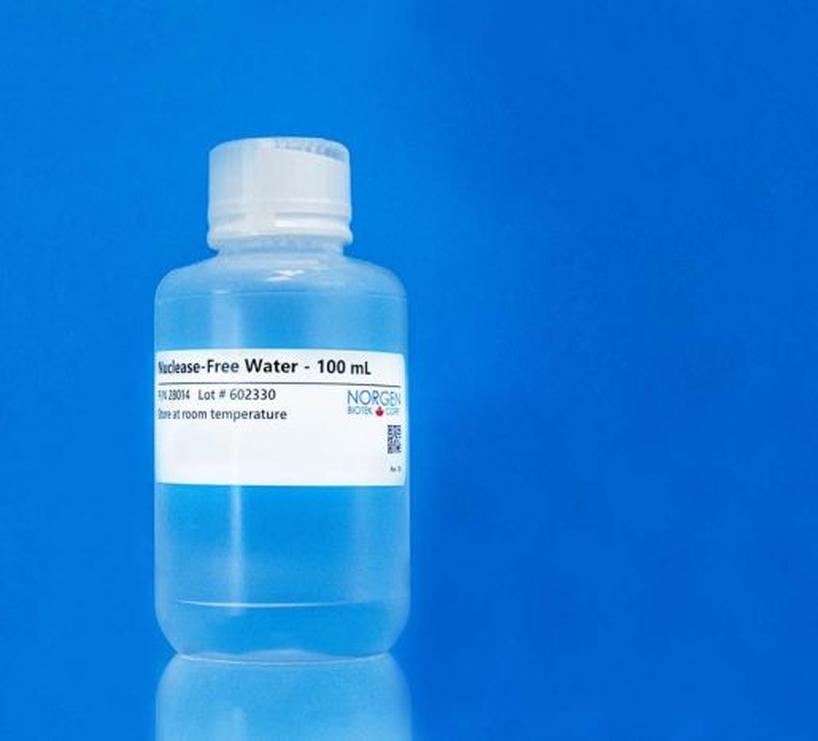
Let’s say you got your water, but how do you know it’s not just water with good intentions? You can perform several tests:
- Gel-Based Assays: Incubate a bit of DNA or RNA in your water, leave it on your bench a few days, then run a gel. Intact bands mean safe water, while smears or degraded fragments scream nucleases at work.
- Commercial Kits: Companies like Thermo Fisher offer kits to detect specifically RNases and DNases. These kits are sensitive and straightforward. You can check them out here for RNase detection and DNase detection.
- PCR-Based Checks: Running an unspecific RT-PCR or PCR can reveal contamination. If you get unexpected bands, your water might harbor rogue nucleases or other contaminants.
- Protein Staining After Electrophoresis: Perform PAGE (polyacrylamide gel electrophoresis) and stain for proteins. Presence of nuclease proteins here indicates contamination.
Handling Nuclease Free Water: The Fine Art of Not Messing Up
Even the purest nuclease free water can turn traitor if mishandled. Treat it like glassware labeled “do not touch.” Always use sterile pipette tips, avoid repeated opening, and store it properly. Keeping smaller aliquots is smart—you open only what you need, reducing contamination chances.
Your PI might not lecture you on proper handling, but it’s the unsung hero of maintaining nuclease-free status. A little care goes a long way.
Why Should You Bother? The Real Benefits of Using Nuclease Free Water
Beyond the obvious—preserving your precious nucleic acids—nuclease free water provides peace of mind. It significantly reduces experimental variability. No more “Did my PCR fail because of reagents or because my water ate my RNA overnight?” You can say goodbye to this headache.
Also, nuclease free water is essential for downstream applications: cloning, sequencing, RT-qPCR, and Northern blotting. In these techniques, even trace nucleases can ruin comprehensive studies.
Lessons From the Lab: When Nuclease Free Water Saved the Day
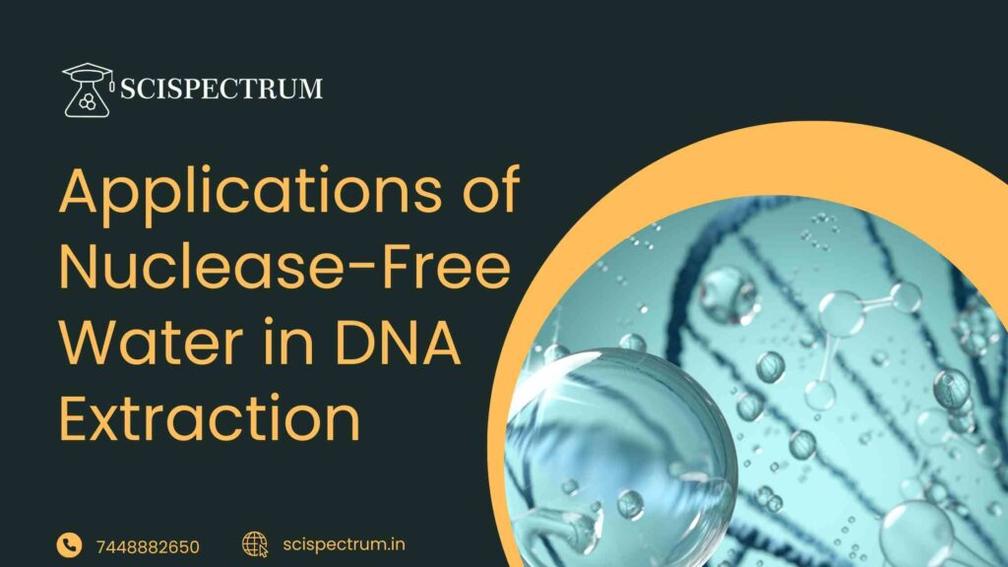
One researcher shares: “We used regular DEPC-treated water but skipped autoclaving afterward. Our RT reactions failed repeatedly. Autoclaving made the difference, reactivating our protocol success.” This person’s story underscores a practical tip: deactivate that DEPC; don’t trust it blindly.
Another anecdote: “We ran the gel assay—incubated our water with RNA for days—and saw complete degradation. After switching vendors and following strict handling protocols, degradation vanished.” This simple gel test can be a game-changer.
Practical Tips for Your Nuclease Free Water Routine
- Buy from trusted suppliers to save time.
- If preparing in-house, combine nanofiltration, DEPC treatment, and autoclaving.
- Make small aliquots to prevent contamination from repeated use.
- Run gel assays or use commercial kits periodically to ensure ongoing quality.
- Practice sterile handling techniques religiously.
- Store water at room temperature or as recommended—avoid freeze-thaw cycles that might compromise quality.
Looking to the Future
With technological advances, nuclease detection kits become more user-friendly and sensitive. The market is growing, and so is awareness. Labs are embracing routine nuclease checks as a standard operating procedure, not an afterthought.
It’s almost like the lab world is realizing nuclease free water is not just a luxury but a necessity—like coffee for many scientists.
Final Thoughts: Avoid The Hidden Saboteurs in Your Water
Nuclease free water is a cornerstone for molecular biology success. Whether you buy it or make it, knowing how to test and handle it properly makes or breaks your protocols.
Don’t let rogue nucleases sabotage weeks of work. Be proactive: test, handle carefully, and nurture your nucleic acids with the kindness only nuclease free water can offer.
And if all else fails, remember: when in doubt, open a fresh bottle and let science flow smoothly!
What methods can I use to prepare nuclease free water at home?
You can start with nano filtered or deionized (DI) water and then autoclave it. If you use DEPC treatment, autoclave afterward to inactivate DEPC. Making smaller portions helps avoid contamination during use.
How can I test if my water contains nucleases?
Add DNA or RNA to your water, incubate for a few days, and run it on a gel. Degradation or smearing shows nuclease activity. Commercial kits and PCR-based tests can also detect contamination.
Are commercial nuclease detection kits reliable?
Yes, companies like Thermo sell RNase and DNase detection kits. These kits specifically check for nuclease contamination and provide clear results for sample safety.
Why should I autoclave my water after DEPC treatment?
DEPC can interfere with reactions like reverse transcription. Autoclaving after DEPC treatment inactivates DEPC, ensuring the water won’t inhibit sensitive enzymatic processes.
How can I best prevent nuclease contamination during use?
Practice proper handling techniques. Use smaller aliquots to minimize contamination risk. Regular testing helps to maintain nuclease-free conditions over time.


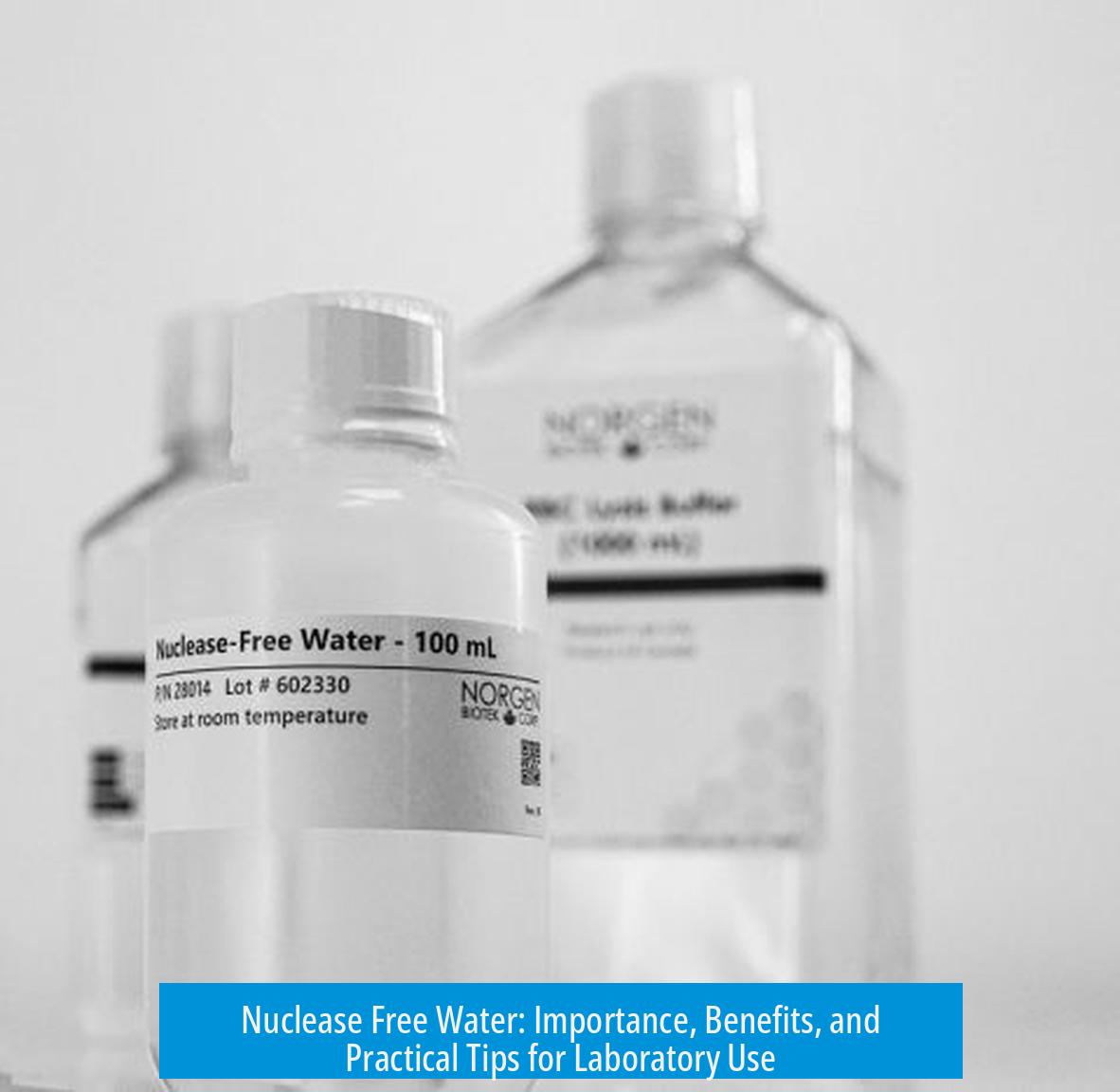

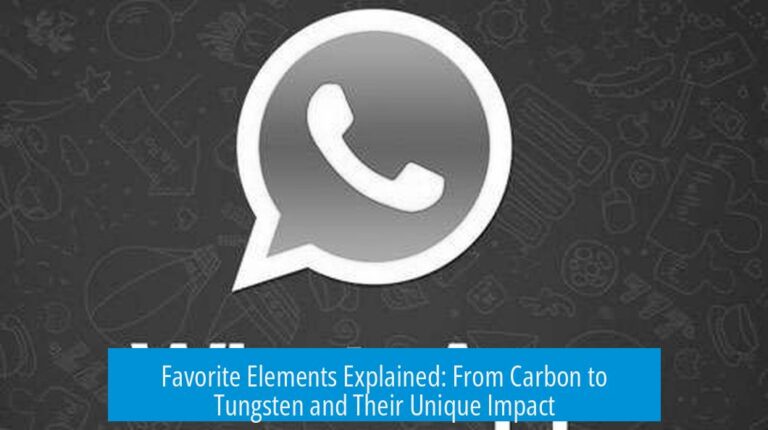
Leave a Comment